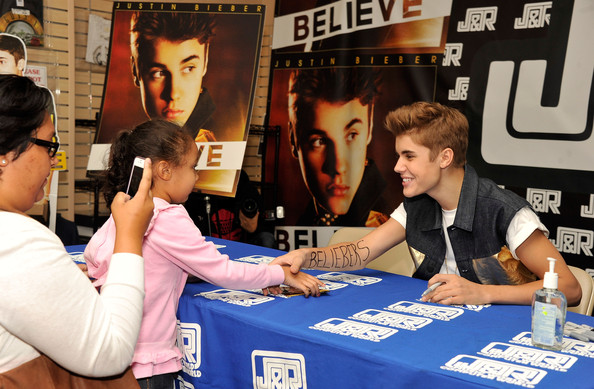12 Things I Want to See @ Classical Concerts
1. Booze
Oh, please. Purr-lease make this happen! (Don't make me get on my knees!) A drink makes difficult things tolerable and fun things bloody awesome. Do what La Boite Theatre Co. (Brisbane) does. Let punters bring their drink in plastic cup into the concert hall and enjoy their ear-candy with a twinkle in their eye.
2. Short Concerts
If it isn't symphonic, please don't give us an interval. Choral, chamber and solo recitals can become stale due to the monochromatisicm of the sound palate. 70 minutes without an interval leaves the audience fresh, ready for a burger, and open to the idea of enduring the ordeal once again in a few weeks. QSO 20/21 concerts have been great in this respect.
3. Lighten the Fuck Up
You've seen it: the artists walking onto the platform, looking like they're arriving for their 12-hour shift at a call centre. It's exhilarating to look at a crack team of pros that seem geed up about the insanely cool thing they're about to do. ACO and BPO. get it. And please don’t gaze up wistfully in a cloud of pot smoke and claim "it's just about the music, man..." Audiences like watching the humans making noise with their outrageous sound contraptions. Stand up straight and smile, dammit.
4. Maybe applause between movements is ok?
They did it in the olden days: Big ending/Silence/Applause/Encore (even encores of single movements during works happened!) Clapping between movements is a minor, well-meaning faux-pas, usually evidence that the audience likes the stuff. I'm not saying we ought to clap between movements, just that when it happens, maybe we should give less of a shit.
5. Musicians Talking About the Music
There are so many priceless, brain-tilting, bizarre things to know about a great piece of music and it helps to hear them! Many people don't read program notes, so hearing what the conductor or a player thinks about the music let’s us know what to listen out for. Bring the pre-concert talk into the concert, ideally delivered by a famous person who also wrote West Side Story.
6. Don't Warm Up on Stage
Oh, God – cringe! Spew! We are cruel, judgemental creatures and the first sound and image makes a lasting impression. It's great when the players walk out like prize fighters onto the platform and then, boom! If you're a lone-tubist, practicing some oom-pahs in front of an actual audience, it just says: "I didn't get mah shit together, so imma just do it now, k. Lolz"
7. Orchestras Without Conductors
A conductor is only useful for two things: either they're going to make the ensemble play better; or they're a superstar and can sell tickets. Otherwise they're a useless wand-waver. A lot of the time an orchestra plays perfectly fine without a conductor (not with heavy scores, like Heldenleben, where balance is critical). Take ACO and their Surfie-In-Chief, for example, sometimes playing and sometimes head bobbing. If the direction is coming from the leaders inside the ensemble, this gives an opportunity for the sheep to become wolves, or at least to become fire-breathing sheep with cool dragon wings.
8. Repeat the Good Bits
Yeah, you heard me. There's so much that goes on in music (and that deserves to be understood in detail) that a single listen in context doesn't always reveal it. Especially if it's little-heard modern music. A bit of knowledge and charisma goes a long way. Why not explain what's great about a particular bit, and then show the audience? Look at my Man-Crush, Lenny talking about Haydn.
9. Playing From Memory (sometimes, anyway)
Dude, I get it – pro musos are expected to churn it out on an industrial scale and can't be expected to memorise everything (or "anything" in the case of orchestras). BUT it should be manageable for when a program is repeated on tour. Imagine if the musos played Beethoven 5 actually looking at the damned conductor? Like, eyeballing the heck out of the conductor! And before you tell me it isn't possible, you (yes, you,) shut the hell up! Soloists do it! Actors do it! Opera singers do it! The University of Maryland Symphony Orchestra did it with Debussy’s Prélude à l'après-midi d'un faune. The choreography is really special, revealing the subtleties of the orchestration.
10. Give Us The Score
It's not for faint-hearted, but score-reading can clarify with the eye what the ear experiences. Make the score easily available as a free download, perhaps embedded in the PDF downloadable concert program. Let's whip out our (silenced!) tablets and smartphones to read along. Most of the standard repertoire is available on imslp.com and are out of copyright.
11. Show the Fans Some Love
After the Royal Concertgebouw Orchestra concerts in Brisbane 2013, the musicians hung around for a drink at the bar in the presence of their adoring fans (well, to be fair – they’re Dutch, there was a bar). Players and audience were united in indifference towards a dull speech; listeners got to see, touch, talk at, bathe in the glory of, make selfies with, and spew praise upon the pantheon of musical deities amongst us. If it's not beneath Concertgebouw to say "goedenavond" to their fans, it isn't beneath anyone.






